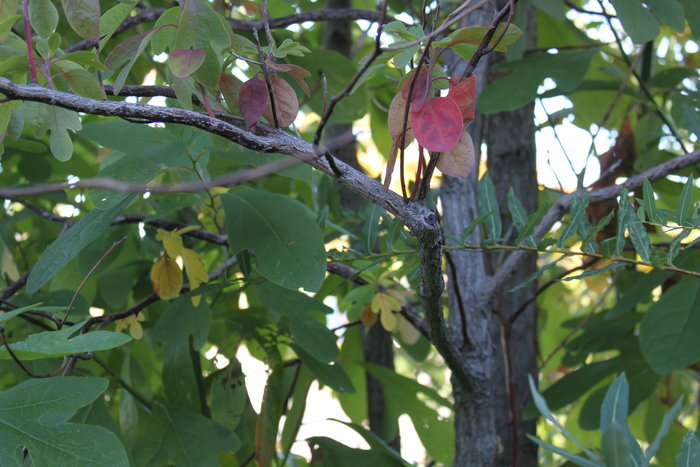Sassafras : Uses
The main modern use of sassafras trees is as an ornamental because of the beautiful fall colors and spicy, aromatic scent, but the tree has a wide array of historical uses. The bark and fruits have long been used to create sassafras oil, which has been used as a component in everything from perfumes, food flavorings, and even dentistry antiseptics. The roots and bark were originally used as the main flavoring of root beer, and have historically been used to brew tea. Sassafras tea was a colonial product, and was still used extensively by the Confederate and Union armies during the Civil War. The Confederate army often employed the tea to cure illnesses and many men drank it daily as “it was thought to purify the blood.”
However, studies through the 1960’s and 70’s have found that safrole, the main component of sassafras oil and prevalent in the roots, is a potential carcinogen, leading to an FDA ban on the use of sassafras that is not safrole-free. Due to the ban, many drink and food manufacturers using sassafras as a flavoring have replaced it with artificial flavors. The many uses of sassafras are now very limited because of its potential health hazards. However, safrole is only found in the extract made from the roots and bark, so other parts of the tree are still used for some culinary practices. The pith and the dried, ground up leaves of the tree are used in the Louisiana area as thickening agents for soups and sauces, and the pith is a component of gumbo made by the Creole people. Prior to the FDA ban, sassafras was a much more common component of foods and flavorings.

